In this guide, we will be diving into what is a cron job and crontab. We example what the cron is why you would want to use it. There is also a calculator you can use to generate a crontab entry.
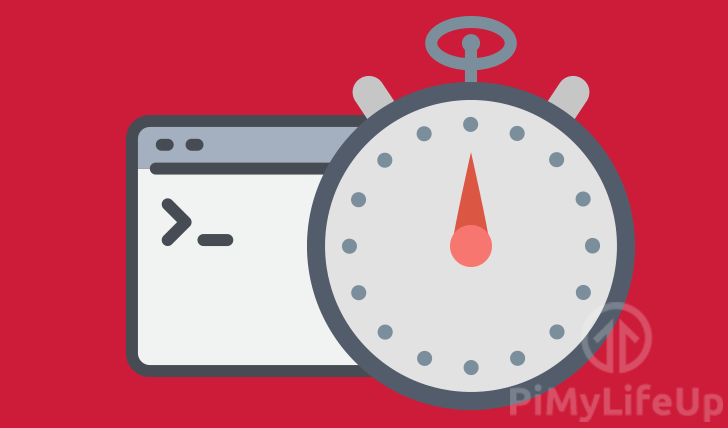
Throughout our Raspberry Pi tutorials, we use cron jobs a fair bit. Cron jobs offer a straightforward way to schedule periodic tasks.
In addition, utilizing the cron can remove the need to have a program continually running and chewing up valuable processing power and RAM.
There are many situations where you will need to make use of cron jobs. It is easily one of the most useful tools available on Linux systems.
To make it easier to work out a valid cron job, we have included a crontab generator at the bottom of this guide.
What is a Cron Job?
Cron is a time-based job scheduler that forms an integral part of Unix-like operating systems such as Linux and its many derivatives.
Using the cron is a popular way for periodically running things such as commands or shell scripts.
Tasks scheduled through the “cron” utility are often referred to as “Cron Jobs“. You will quickly come to rely on cron jobs when dealing with Unix based systems such as Raspbian.
Cron Job Format
Below we have included two tables. The first table shows the general syntax of a cron job. The second table shows the various symbols that are utilized within a cron job and what they can be used for.
The first five components of cron job define the time that you want the task to fire. Using this, you can either set a specific time, or specify an interval such as every second day, or every minute.
At the end of each cron job line, you will need to specify the command that you want to be triggered when the previous components conditions are met.
We will dive into the various ways you can make use of a cron job over the next couple of sections. But for now, familiarize yourself with the general setup of a cron job.
Cron Job Syntax
Six essential parts make up a cron job.
The first five parts make up the timing syntax of the cron job. These five parts consist of, the minute, hour, day of the month, month, and the day of the week.
The final and sixth part of the syntax is the command that you want to be executed when the conditions in the timing syntax are met.
| * | * | * | * | * | [COMMAND] |
|---|---|---|---|---|---|
| Minute (0-59) |
Hour (0-23) |
Day Of the Month (1-31) |
Month (1-12) |
Day of the week (0-6) |
Command to run |
Cron Job Symbols Table
There are a few different symbols that you can make use of within a cron job.
The symbol that you will likely use the most in your cron jobs is the asterisk (*). The asterisk means that the cron will fire on every change of that value. For example, when used in the minute column, it will fire the cron every minute.
The other symbol that you will use a fair bit is the step value symbol, and this is the forward-slash (/). This symbol is useful when you want an event to occur every certain amount of time.
For example, every 5 minutes would be “*/5” in the minute’s column, or every 3 days would be “*/3” in the day of the month column.
Below you can check out our table to see all the various symbols you can use in a cron job and how they can be used.
| Symbols | Usage | Example | Explanation |
|---|---|---|---|
| * | Any Value | * * * * * [CMD] | Ran every minute of every day |
| , | Value List separator | 0 0 * * 1, 3, 5 [CMD] | Ran every Monday, Wednesday, Friday at midnight |
| – | Defines a range | 0 0 * 1-6 * [CMD] | Ran at midnight every day for the first 6 months |
| / | Step Values | */5 */2 * * * [CMD] | Ran every 6 minutes, every 2 hours, every day |
| @yearly @annually |
Non Standard | @yearly [CMD] @annually [CMD] |
Ran at midnight on the first day of the year |
| @monthly | Non Standard | @monthly [CMD] | Ran at midnight on the first day of the month |
| @weekly | Non Standard | @weekly [CMD] | Ran at midnight on the first day of the week |
| @daily | Non Standard | @daily [CMD] | Ran at midnight every day |
| @hourly | Non Standard | @hourly [CMD] | Ran at the start of every hour |
| @reboot | Non Standard | @reboot [CMD] | Ran when the cron service restarts, usually at boot |
Cron Job Examples
In this section, we will give you a few examples of cron jobs that you can use. We will also explain how they work, and the symbols we are using are doing.
* * * * * [COMMAND]This line is the most basic cron job that you can write. It will run the command every minute all the time.
Basically, if you want something to run all the time, use this cron job.
0 * * * * [COMMAND]The line above will run at minute 0 of every hour. This cron is useful if you want something to run every hour.
15 5 * * * [COMMAND]This cron job will fire at “5:15 am” every day. We do this by specifying “15” in the minute column and “5” in the hour column.
0 0 15 * * [COMMAND]This line will run at midnight on the 15th of every month.
*/15 * * * * [COMMAND]Now this job will run every 15 minutes. We achieve this by pairing the asterisk (*) with the forward-slash “/” modifier.
0 0 * * 1-5 [COMMAND]With this cron job, we are making use of the range symbol (-) so that we only run the cron on weekdays. This job will fire at midnight on days 1 (Monday) – 5 (Friday).
* * 3,5,10 * * [COMMAND]Our last cron job example will trigger every minute on the 3rd, 5th, and 10th of every month. You can list values for each column like this by using a comma (,).
Editing the Crontab File
The crontab file is where all the cron jobs for the current user is kept. The cron daemon automatically reads these files and processes the jobs held within the files.
One thing you must note is that cron jobs are run by the user who created them. For example, a cron job created by the root user will be run by the root user.
Alternatively, a cron job created by a user called pimylifeup will be run by that user.
1. To begin modifying the crontab file for the current user, you can run the following command.
Adding “sudo” at the start will edit the root user crontab.
crontab -eAlternatively, if you want to edit the crontab for a particular user, you can do it by specifying the user with the “-u” argument as shown below.
crontab -u [USERNAME] -e2. When you first run the “crontab -e” command, you will be asked to select an editor to use.
We find “/bin/nano” to be the easiest one to use, but you should pick whatever you are familiar with and happy using.
no crontab for pimylifeup - using an empty one
Select an editor. To change later, run 'select-editor'.
1. /bin/nano <---- easiest
2. /usr/bin/vim.basic
3. /usr/bin/vim.tiny
4. /bin/ed
Choose 1-4 [1]:3. In the crontab file, you can add your new cron jobs to the bottom. Each of these jobs should be on their own line.
For example, if you were to add two new cron jobs to the file, it should look something like what we have below.
# m h dom mon dow command
* * * * * [COMMAND]
0 0 15 * * [COMMAND]4. Once you are done you need to save the file for the new cron jobs to start.
If you are using the nano text editor you can save by pressing CTRL + X, then Y, followed by the ENTER key.
Crontab Generator
Our crontab generator will automatically generate you a valid cron job, just click the settings you want to proceed.
Ideally, you have a good understanding of what you’re generating, so it’s easier to debug if you have issues. The information above will teach you most of the basics to do with cron jobs and the crontab.
If you notice something not behaving correctly with the crontab generator then be sure to let us know and we will investigate.
By now, I hope that you have a good understanding of both cron jobs and crontab. If you feel we have missed something or simply have some feedback, then please don’t hesitate to leave a comment below.


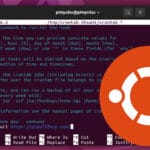
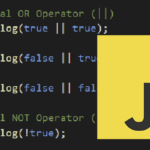



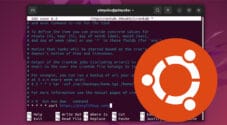
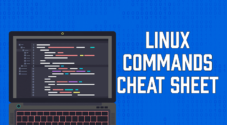
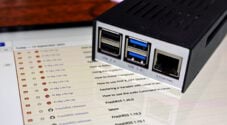
I have made a launcher.sh executable file to run a python3 script. I want to run this script 55 minutes of every hour.
In
sudo crontab -ei added the scriptcontrol O Control X to save the file
Now if i run
crontab -lI get responseno crontab for pi
How do I get the crontab to execute
Hi Hemant,
Since your first run of “
crontab” you use “sudo” the crontab you are actually editing is the root users.If you want to edit the crontab of the current user, you will want to just use “
crontab -e” not using the “sudo” command.To list the rules within the root users crontab you will want to use the list command with “sudo” in front of it.
The system will automatically execute the crontab periodically.
Please let me know if this answers your question.
Cheers,
Emmet
Which would be better to use? “sudo crontab -e” or just “crontab -e”. I generally create my cron jobs withOUT the sudo.
If sudo is used does that mean the command has to be run as root?
Also a handy command to use is “crontab -l(list)” This will list all of the cron jobs that have been created.
Hi Gerald,
It all purely depends on your use case and whether that job you want to run requires super user privileges to carry out its task.
I would say its typically better to use “crontab -e” instead of elevating to the root user. Running the jobs under a user that doesn’t have ultimate control (root user) is the best way.
For example, if you want to execute a PHP file regularly you might consider actually adding that cron job under the “www-data” user.
Yes, if you use “sudo” (Without specifying a user to edit) then the crontab that you will be editing will be the root users.
Cheers,
Emmet